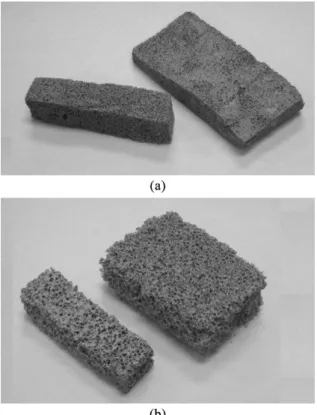Mat. Res. vol.18 número4
Texto
Imagem



Documentos relacionados
This study is aimed at identifying the role of the nursing team in the care of patients with brain death in the Intensive Care Units (ICU), highlighting the essential conduct
The results of stress relaxation and creep tests of the sciatic nerve in the different groups showed that at 7200s, stress loss and strain increase for the sciatic
In order to compare the results obtained from axial compressive strength tests, performed in the two TS groups studied, in order to evaluate the effect caused by the reduction
The results of the Charpy impact tests for Aluminium LM25 composites fabricated with the different weight fractions of the ZrO 2 particle are shown in Figure 7.. The test results
The compression stress-strain curves for hybrid foams as prepared showed that an increase of PVA fraction in the hybrids improved their mechanical properties (Figure 6)..
18 investigated the compressive stress-strain curve of small scale steel fiber reinforced high strength concrete cylinders (100 × 200 mm). The toughness ratio studied was at
The dynamic Brazilian disc tests on mortar were conducted using the same SHPB apparatus as that in the compressive test, but with the different placement of specimens, as shown
The results shown in Tables 1 and 2 indicate that although the linear kernel- function calculation results of the geometric geoid undulations derived using the LS-SVM